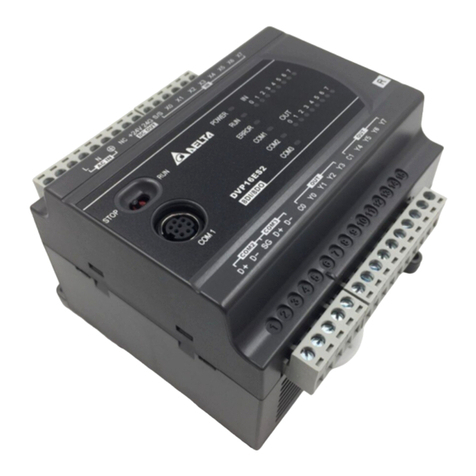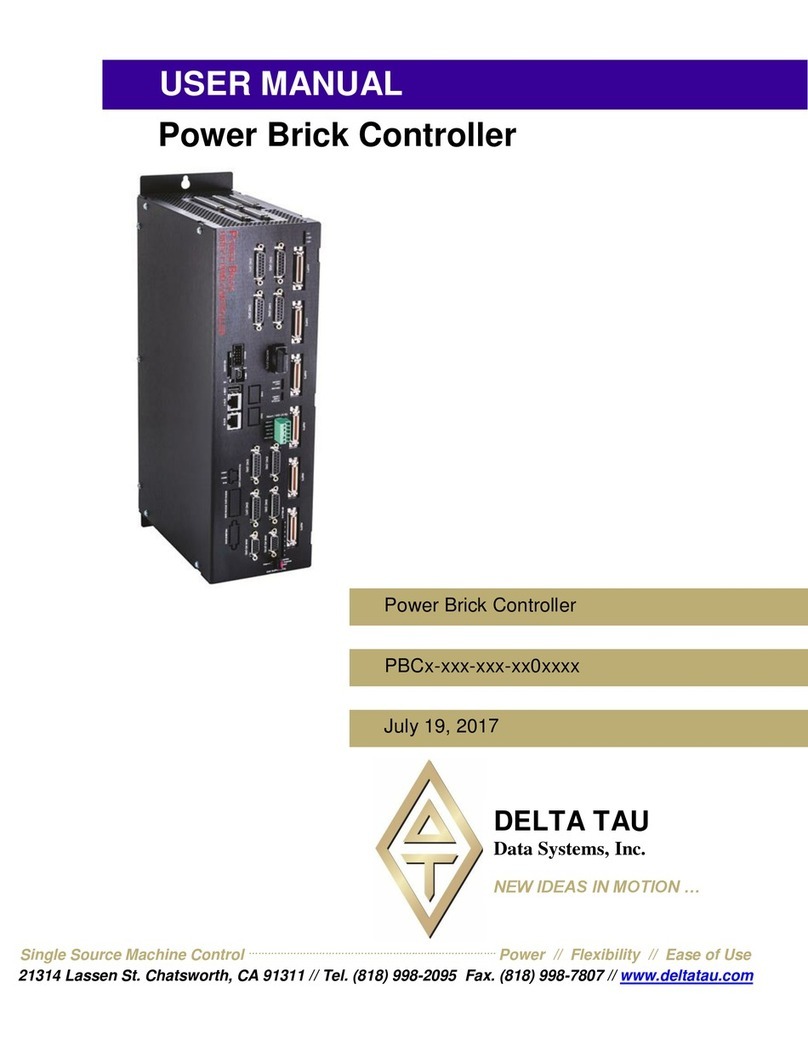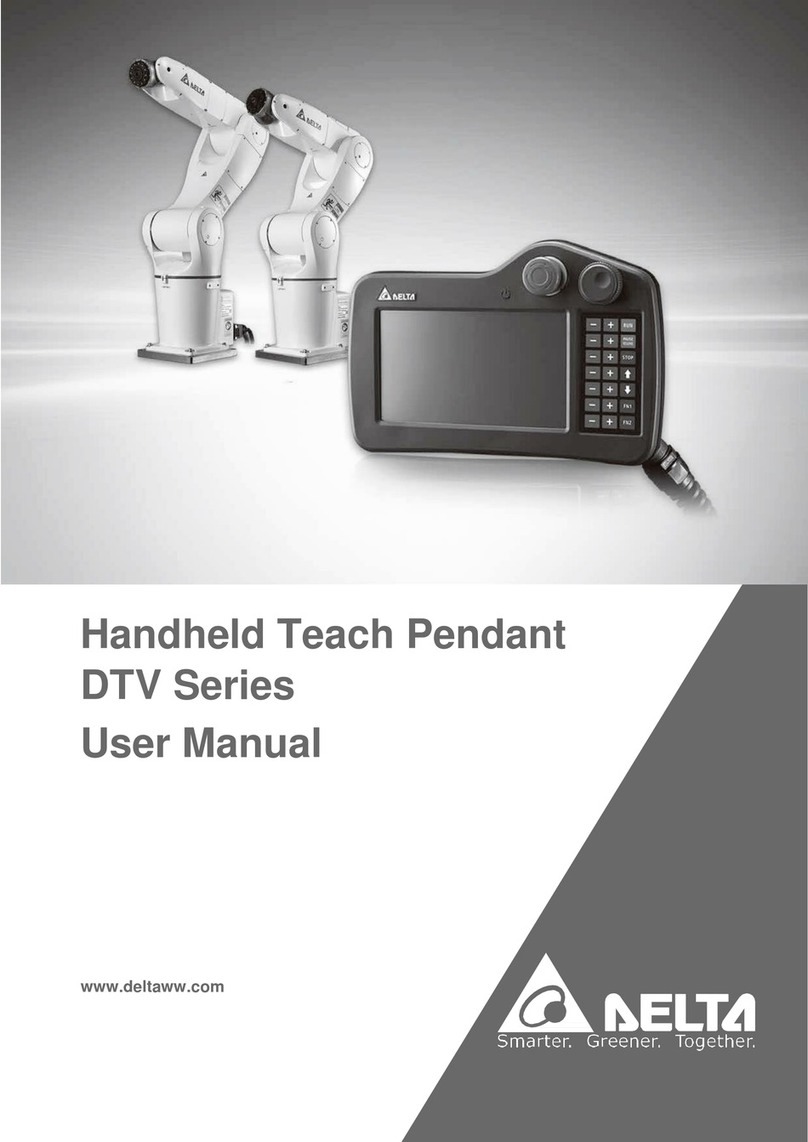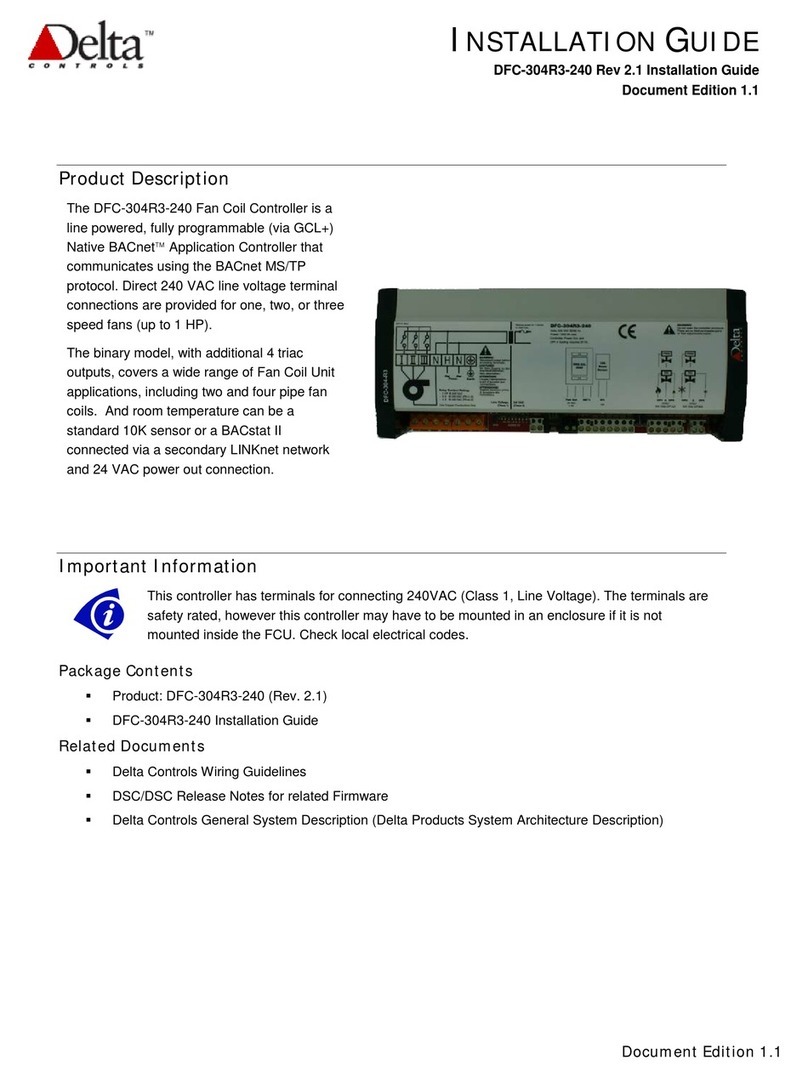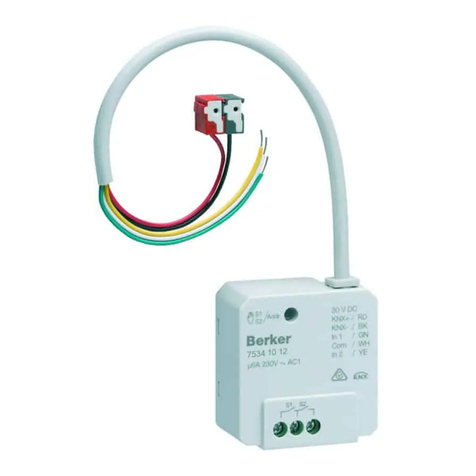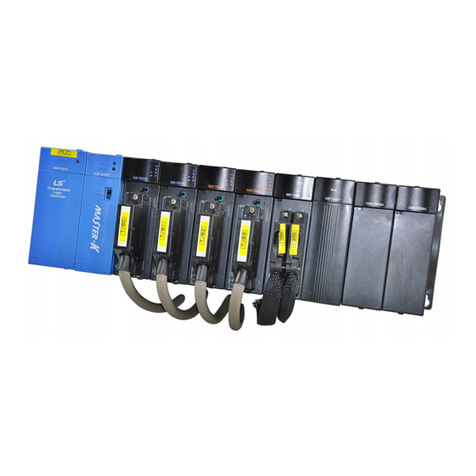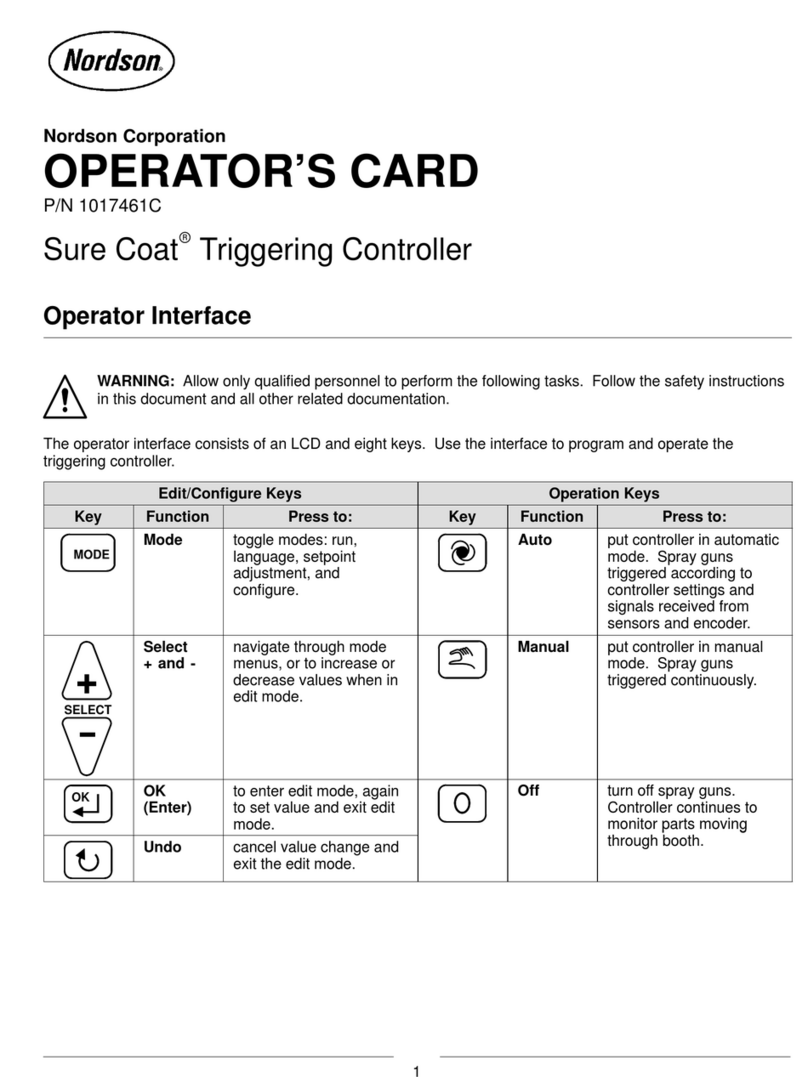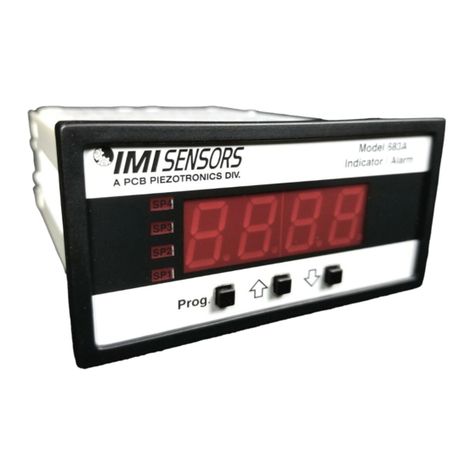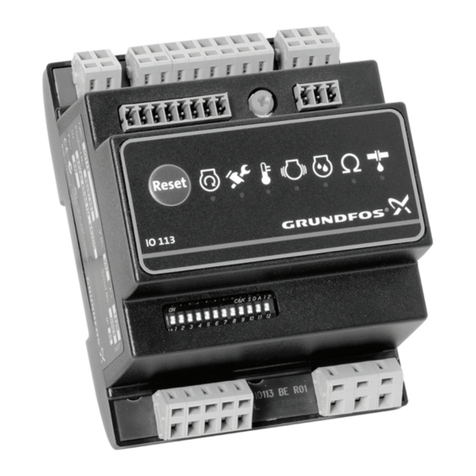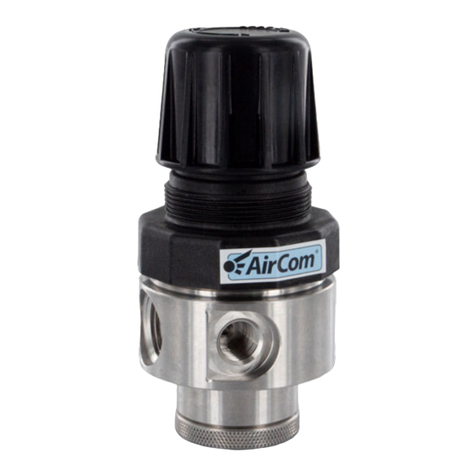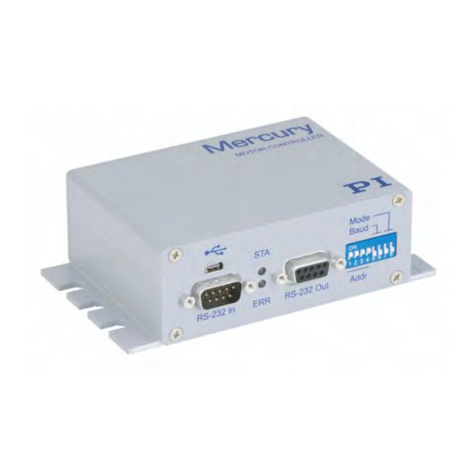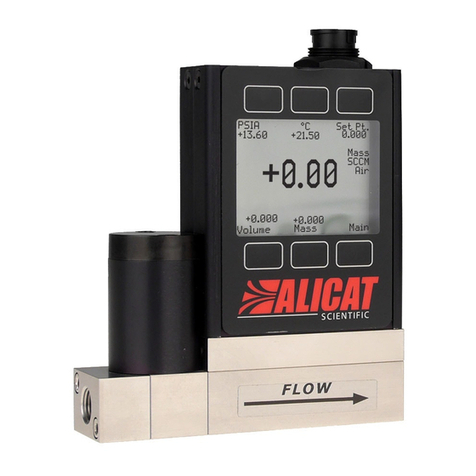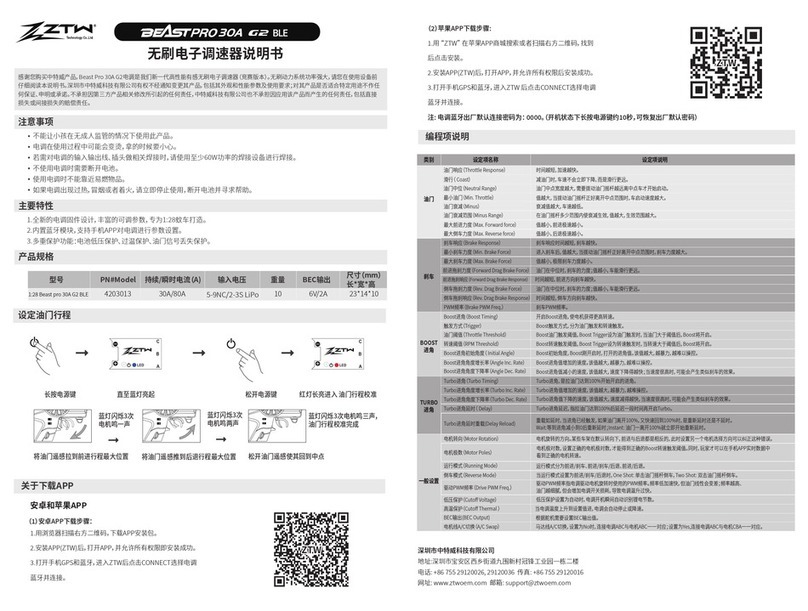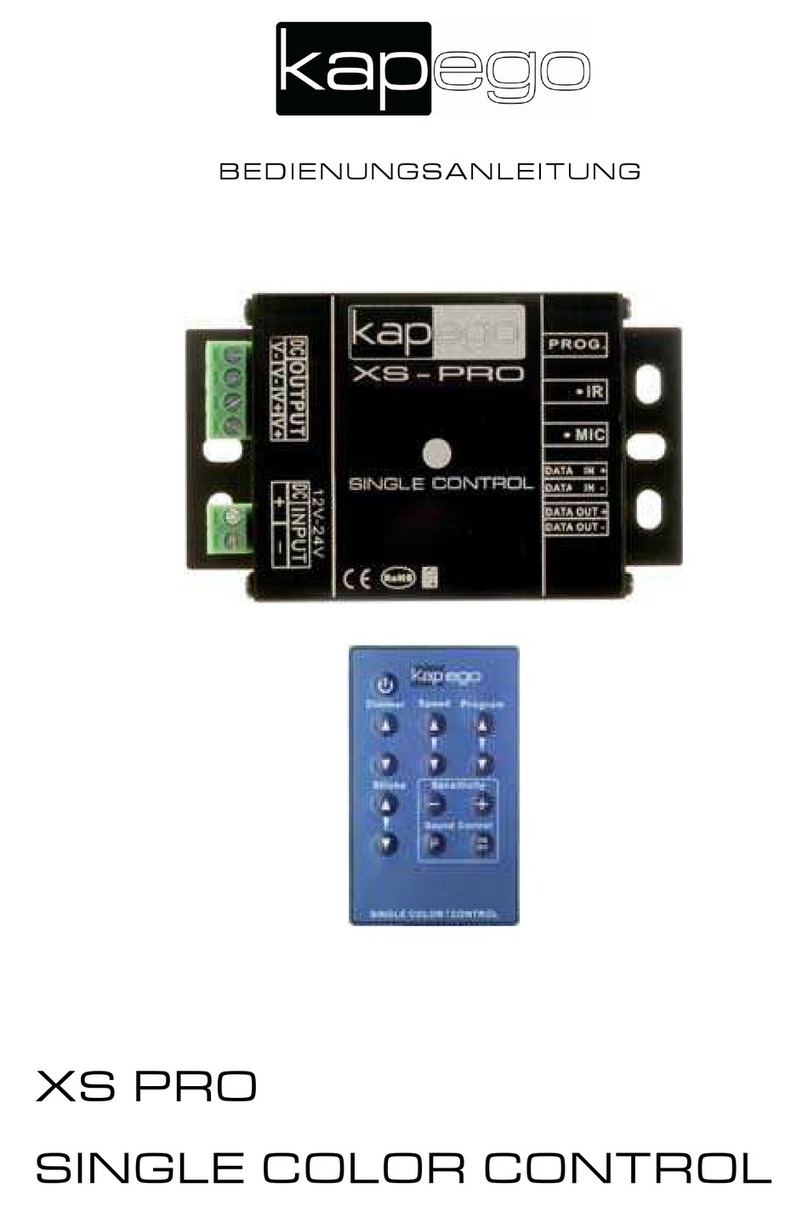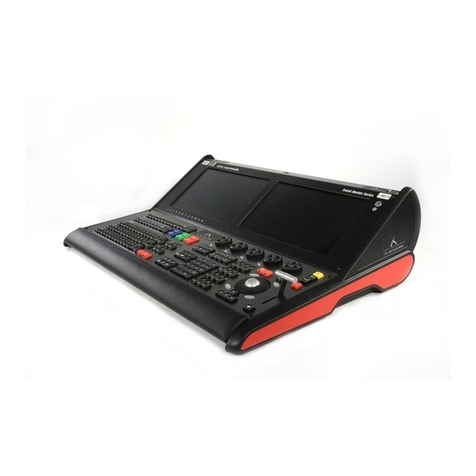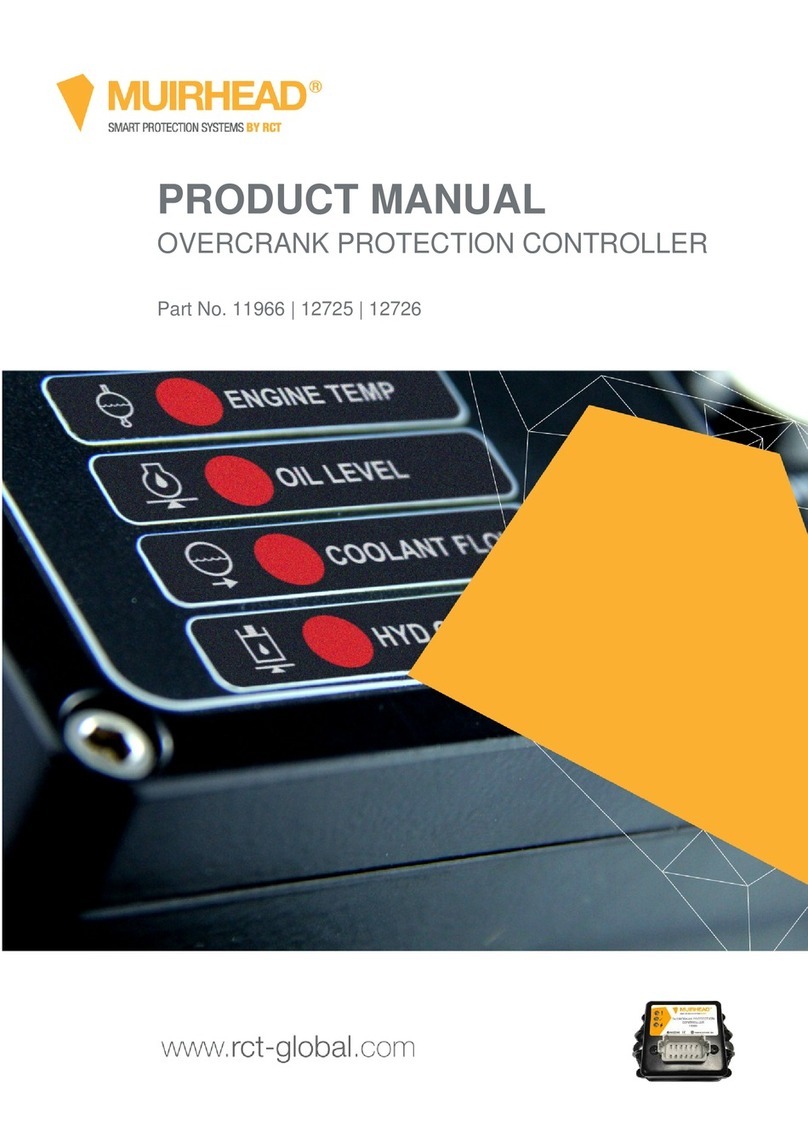Delta RTU-ECAT User manual

www.deltaww.com
Industrial Automation Headquarters
Delta Electronics, Inc.
Taoyuan Technology Center
No.18, Xinglong Rd., Taoyuan District,
Taoyuan City 33068, Taiwan
TEL: 886-3-362-6301 / FAX: 886-3-371-6301
Asia
Delta Electronics (Shanghai) Co., Ltd.
No.182 Minyu Rd., Pudong Shanghai, P.R.C.
Post code : 201209
TEL: 86-21-6872-3988 / FAX: 86-21-6872-3996
Customer Service: 400-820-9595
Delta Electronics (Japan), Inc.
Tokyo Oce
Industrial Automation Sales Department
2-1-14 Shibadaimon, Minato-ku
Tokyo, Japan 105-0012
TEL: 81-3-5733-1155 / FAX: 81-3-5733-1255
Delta Electronics (Korea), Inc.
Seoul Oce
1511, 219, Gasan Digital 1-Ro., Geumcheon-gu,
Seoul, 08501 South Korea
TEL: 82-2-515-5305 / FAX: 82-2-515-5302
Delta Energy Systems (Singapore) Pte Ltd.
4 Kaki Bukit Avenue 1, #05-04, Singapore 417939
TEL: 65-6747-5155 / FAX: 65-6744-9228
Delta Electronics (India) Pvt. Ltd.
Plot No.43, Sector 35, HSIIDC Gurgaon,
PIN 122001, Haryana, India
TEL: 91-124-4874900 / FAX : 91-124-4874945
Delta Electronics (Thailand) PCL.
909 Soi 9, Moo 4, Bangpoo Industrial Estate (E.P.Z),
Pattana 1 Rd., T.Phraksa, A.Muang,
Samutprakarn 10280, Thailand
TEL: 66-2709-2800 / FAX : 662-709-2827
Delta Electronics (Australia) Pty Ltd.
Unit 20-21/45 Normanby Rd., Notting Hill Vic 3168, Australia
TEL: 61-3-9543-3720
Americas
Delta Electronics (Americas) Ltd.
Raleigh Oce
P.O. Box 12173, 5101 Davis Drive,
Research Triangle Park, NC 27709, U.S.A.
TEL: 1-919-767-3813 / FAX: 1-919-767-3969
Delta Greentech (Brasil) S/A
São Paulo Oce
Rua Itapeva, 26 – 3˚ Andar - Bela Vista
CEP: 01332-000 – São Paulo – SP - Brasil
TEL: 55-11-3530-8643 / 55-11-3530-8640
Delta Electronics International Mexico S.A. de C.V.
Mexico Oce
Gustavo Baz No. 309 Edicio E PB 103
Colonia La Loma, CP 54060
Tlalnepantla, Estado de México
TEL: 52-55-3603-9200
*We reserve the right to change the information in this catalogue without prior notice.
EMEA
Headquarters: Delta Electronics (Netherlands) B.V.
Sales: Sales.IA.EMEA@deltaww.com
Marketing: Marketing.IA.EMEA@deltaww.com
Customer Support: Customer-Support@deltaww.com
Service: Service.IA.emea@deltaww.com
TEL: +31(0)40 800 3900
BENELUX: Delta Electronics (Netherlands) B.V.
De Witbogt 20, 5652 AG Eindhoven,The Netherlands
Mail: Sales.IA.Benelux@deltaww.com
TEL: +31(0)40 800 3900
DACH: Delta Electronics (Netherlands) B.V.
Coesterweg 45, D-59494 Soest, Germany
Mail: Sales.IA.DACH@deltaww.com
TEL: +49(0)2921 987 0
France: Delta Electronics (France) S.A.
ZI du bois Challand 2, 15 rue des Pyrénées,
Lisses, 91090 Evry Cedex, France
Mail: Sales.IA.FR@deltaww.com
TEL: +33(0)1 69 77 82 60
Iberia: Delta Electronics Solutions (Spain) S.L.U
Ctra. De Villaverde a Vallecas, 265 1º Dcha Ed.
Hormigueras – P.I. de Vallecas 28031 Madrid
TEL: +34(0)91 223 74 20
Carrer Llacuna 166, 08018 Barcelona, Spain
Mail: Sales.IA.Iberia@deltaww.com
Italy: Delta Electronics (Italy) S.r.l.
Via Meda 2–22060 Novedrate(CO)
Piazza Grazioli 18 00186 Roma Italy
Mail: Sales.IA.Italy@deltaww.com
TEL: +39 039 8900365
Russia: Delta Energy System LLC
Vereyskaya Plaza II, oce 112 Vereyskaya str.
17 121357 Moscow Russia
Mail: Sales.IA.RU@deltaww.com
TEL: +7 495 644 3240
Turkey: Delta Greentech Elektronik San. Ltd. Sti. (Turkey)
Şerifali Mah. Hendem Cad. Kule Sok. No:16-A
34775 Ümraniye – İstanbul
Mail: Sales.IA.Turkey@deltaww.com
TEL: + 90 216 499 9910
GCC: Delta Energy Systems AG (Dubai BR)
P.O. Box 185668, Gate 7, 3rd Floor, Hamarain Centre
Dubai, United Arab Emirates
Mail: Sales.IA.MEA@deltaww.com
TEL: +971(0)4 2690148
Egypt + North Africa: Delta Electronics
Unit 318, 3rd Floor, Trivium Business Complex, North 90 street,
New Cairo, Cairo, Egypt
Mail: Sales.IA.MEA@deltaww.com
RTU-ECAT
EtherCAT Remote IO
Communication Module
Operation Manual
DVP-2212920-01
10/04/2020

i
RTU-ECAT Operation Manual
Table of Contents
Chapter 1 Preface ........................................................................... 1-1
1.1 Explanation of Symbols in This Manual ....................................... 1-2
1.2 Revision History.......................................................................... 1-2
Chapter 2 Overview ........................................................................ 2-1
2.1 Characteristics ............................................................................ 2-2
2.2 Specifications ............................................................................. 2-2
2.3 Extension Modules Connectable to RTU-ECAT ............................. 2-3
Chapter 3 Profile and Parts ............................................................. 3-1
3.1 Profile and Dimension................................................................. 3-2
3.2 Parts ........................................................................................... 3-2
3.3 EtherCAT Port ............................................................................. 3-3
3.4 RUN/STOP Switch....................................................................... 3-3
3.5 Address Switches........................................................................ 3-3
3.6 Extended IO Interface ................................................................ 3-4
Chapter 4 Installing and Wiring ...................................................... 4-1
4.1 Installing RTU-ECAT and DVP-S Extension Modules .................... 4-2
4.2 Installing RTU-ECAT and DVP-S Modules on DIN Rail ................. 4-2
4.3 Connecting to EtherCAT Port....................................................... 4-3
4.4 Wiring ......................................................................................... 4-3
4.4.1 Power Input..............................................................................4-3
4.4.2 Ground ....................................................................................4-5
Chapter 5 Configuring RTU-ECAT .................................................... 5-1
5.1 Terms ......................................................................................... 5-2
5.2 Introduction to the Software Interfaces ..................................... 5-3
5.2.1 Main Interface for RTU Configuration ...........................................5-3
5.2.2 DC Interface .............................................................................5-3

ii
5.2.3 Right-side Configuration of RTU-ECAT .......................................... 5-4
5.2.4 Data Exchange Configuration Interface of Special Modules ............. 5-5
Chapter 6 Introduction of Parameters.............................................6-1
6.1 Parameters for Right-side Special Modules .................................6-2
6.2 Parameters for Connection Status of Right-Side Modules............6-5
6.3 Control Word and Status Indication Parameters .........................6-6
6.3.1 Control Word Parameter............................................................. 6-6
6.3.2 Status Indication ...................................................................... 6-7
Chapter 7 Application Examples ......................................................7-1
7.1 Using Delta AX8 Series CPU with RTU-ECAT ................................7-3
7.2 Using TwinCAT3 with RTU-ECAT ................................................7-13
7.2.1 Configuring the Network via TwinCAT3....................................... 7-13
7.2.2 Controlling RTU-ECAT’s Right-side Modules via PLC ..................... 7-24
7.3 Using OMRON NJ301 with RTU-ECAT .........................................7-27
Chapter 8 Error Diagnosis and Trouble-shooting .............................8-1
8.1 LED Indicator Diagnosis ..............................................................8-2
8.2 Status Indication Diagnosis.........................................................8-3
Appendix A List of Accessories ....................................................... A-1
A.1 Accessories for EtherCAT Communication .................................. A-2

RTU-ECAT Operation Manual
1-2
_1
This manual provides an introduction to product functions, specifications, installation, basic
operations and settings.
This product is an OPEN TYPE device and therefore should be installed in an enclosure free of
airborne dust, humidity, electric shock and vibration. The enclosure should prevent
non-maintenance staff from operating the device (e.g. key or specific tools are required for
operating the enclosure) in case that danger and damage on the device may occur.
Be sure to read the manual carefully and follow the instructions so as to avoid injuries to personnel
and damage to products.
1.1 Explanation of Symbols in This Manual
Precautions before operation
Before operation, please read relevant safety instructions carefully so as to prevent an injury to personnel and
damage to products.
!Dan ger
indicates the highly potential hazards. Severe personal injury or even death will result
if you do not follow the instructions.
!
Warning
indicates the potential hazards. Minor personal injury or even death may result if you
do not follow the instructions.
!Caution
indicates much attention should be paid. A bad accident can occur if you do not
follow the instructions.
1.2 Revision History
Version Revision Release Date
1st The first version was published. April 10, 2020

2-1
2
Chapter 2 Overview
Table of Contents
2.1 Characteristics............................................................................ 2-2
2.2 Specifications ............................................................................. 2-2
2.3 Extension Modules Connectable to RTU-ECAT ............................. 2-3

RTU-ECAT Operation Manual
2-2
_2
1. Thank you for choosing Delta RTU-ECAT. To ensure correct installation and operation of RTU-ECAT,
please read this manual carefully before use.
2. This manual only provides introductory information on RTU-ECAT. For more detailed information on
EtherCAT protocol, please refer to relevant references or literatures.
3. RTU-ECAT is defined as an EtherCAT slave and DVP-S series DI/DO modules and special modules can
be connected on its right side.
4. Refer to DVP-PLC Application Manual: Special Modules for more details on how to use DVP-S series
special modules.
2.1 Characteristics
Compliant with the EtherCAT protocol, RTU-ECAT supports PDO, SDO and other services in the COE
protocol.
Supports Distributed Clock SYNC and SyncManagers SYNC.
On its right side, RTU-ECAT connects DVP-S series right-side modules with maximum 128 digital input
points and 128 digital output points as well as maximum 8 special modules such as analog modules,
temperature modules, pulse modules and etc.
Maximum 14 DVP-S series digital modules and special modules in total can be connected to the right
side of RTU-ECAT.
Users can select that the output values of right-side special modules and digital output point values of
digital modules keep the same as they are before disconnection or change to zero when RTU-EtherCAT
is disconnected from the master.
2.2 Specifications
Electrical specification
Item Specification
Power voltage 24 VDC (-15% ~ 20%)
Consumption power 1.8 W
Isolation voltage 500 V
EtherCAT specification
Item Specification
Communication protocol EtherCAT Protocol
Supported service CoE(PDO, SDO)
Physical layer 100BASE-TX
Baud rate 100Mbps
Transmission medium Cat 5 or above shielded cable
Transmission distance 100m
Topology Structure Linear topology

Chapter 2 Overview
2-3
2_
Environment
Item Specification
Noise Immunity
ESD(IEC 61131-2, IEC 61000-4-2): 8KV Air Discharge, 6KV Contact
Discharge
EFT(IEC 61131-2, IEC 61000-4-4): Power Line: 2KV, Digital I/O: 1KV
Communication I/O: 2KV
Damped-Oscillatory Wave: Power Line: 1KV, Digital I/O: 1KV
RS(IEC 61131-2, IEC 61000-4-3)
: 80MHz ~ 1000MHz, 10V/m; 1400MHz
~ 6000MHz, 3V/m
Operation 0ºC ~ 55ºC (temperature), 50 ~ 95% (humidity), pollution degree 2
Storage -25ºC ~ 70ºC (temperature), 5 ~ 95% (humidity)
Vibration/shock
resistance
Standard: IEC 61131-2, IEC 68-2-6 (TEST Fc)/IEC 61131-2 & IEC
68-2-27 (TEST Ea)
Safety Conforms to IEC 61131-2, UL 61010-1, UL 61010-2-201
Barometric
pressure-altitude
Operating: 1080~795hPa (-1000~2000m)
Storage: 1080~660hPa (-1000~3500m)
Weight 84g
2.3 Extension Modules Connectable to RTU-ECAT
R T U-EC AT
PO W ER
RU N
AL A R M
R UN
ST O P
NO DE ADDR ES S
x 10
x 10
1
0
5
4
3
2
1
0
9
8
7
6
5
4
3
2
1
0
9
8
7
6
Et he rC A T
I NOUT
Digital modules connectable to RTU-ECAT
DI/DO module
(Model name)
Default I/O mapping data
(EtherCAT master →RTU-ECAT)
Default I/O mapping data
(RTU-ECAT →EtherCAT master)
DVP08SM11N N/A
8
bits
DVP08SM10N N/A
8
bits
DVP16SM11N N/A 16 bits

RTU-ECAT Operation Manual
2-4
_2
DI/DO module
(Model name)
Default I/O mapping data
(EtherCAT master →RTU-ECAT)
Default I/O mapping data
(RTU-ECAT →EtherCAT master)
DVP06SN11R
8
bits N/A
DVP08SN11R/T
8
bits N/A
DVP08SN11TS
8
bits N/A
DVP16SN11T 16 bits N/A
DVP16SN11TS 16 bits N/A
DVP08SP11R/T
8
bits
8
bits
DVP08SP11TS
8
bits
8
bits
DVP16SP11R/T
8
bits
8
bits
DVP16SP11TS
8
bits
8
bits
DVP32SM11N N/A 32 bits
DVP32SN11TN 32 bits N/A
DVP08ST11N N/A
8
bits
Special modules connectable to RTU-ECAT
Special module
(Model name)
Default IO mapping data Default IO mapping data
(EtherCAT master →RTU-ECAT) (RTU-ECAT →EtherCAT master)
Start CR Length (words) Start CR Length (words)
DVP02DA-S CR10 2 N/A
N/A
DVP04DA-S CR6 4 N/A N/A
DVP04DA-S2 CR6 4 N/A N/A
DVP04AD-S N/A N/A CR12 4
DVP04AD-S2 N/A N/A CR12 4
DVP06AD-S N/A N/A CR12 6
DVP04TC-S N/A N/A CR14 4
DVP04PT-S N/A N/A CR18 4
DVP06PT-S N/A N/A CR18 6
DVP06XA-S CR10 2 CR12 4
DVP06XA-S2 CR10 2 CR12 4
DVP01PU-S CR42 4 CR33 4
DVP02TUL-S CR4 2 CR2 2
DVP02TUR-S CR4 2 CR2 2
DVP02TUN-S CR4 2 CR2 2

Chapter 2 Overview
2-5
2_
Note:
When special modules are connected to RTU-ECAT, the start one of CRs for data upload and download and
the length of data to be uploaded and downloaded can be set up via the EtherCAT network configuration tool.

RTU-ECAT Operation Manual
2-6
_2
MEMO

3-1
3
Chapter 3 Profile and Parts
Table of Contents
3.1 Profile and Dimension................................................................. 3-2
3.2 Parts........................................................................................... 3-2
3.3 EtherCAT Port ............................................................................. 3-3
3.4 RUN/STOP Switch....................................................................... 3-3
3.5 Address Switches ....................................................................... 3-3
3.6 Extended IO Interface ................................................................ 3-4

RTU-ECAT Operation Manual
3-2
_3
3.1 Profile and Dimension
63 4.
N R S
EtherCAT
INOUT
5
4
3
2
1
0
9
8
7
6
5
4
3
2
1
0
9
8
7
6
R T U-E C AT
P O WE R
R U N
AL A R M
R U N
S TO P
O DE A D D E S
x10
x10
25 2.
96
90
60
Unit: mm
3.2 Parts
7
8
10
9
1
2
3
4
6
5
N R S
EtherCAT
INOUT
5
4
3
2
1
0
9
8
7
6
5
4
3
2
1
0
9
8
7
6
R T U- EC A T
P OW ER
RUN
A L A R M
RUN
S TOP
ODE ADD E S
x1 0
x1 0
1. Model Name 6. 24V DC power port
2. State indicators 7. Right-side extension module port
3. Address switch 8. Nameplate
4. RUN/STOP switch 9. DIN rail clip
5. EtherCAT port 10. Extension module fixing clip

Chapter 3 Profile and Parts
3-3
3_
3.3 EtherCAT Port
EtherCAT port is used for the EtherCAT communication.
See the following table for the definitions of pins.
PIN Signal Description
12345678
EtherCAT
1 Tx+ Positive pole for transmitting data
2 Tx- Negative pole for transmitting data
3 Rx+ Positive pole for receiving data
4 Reserved Reserved
5 Reserved Reserved
6 Rx- Negative pole for receiving data
7 Reserved Reserved
8 Reserved Reserved
3.4 RUN/STOP Switch
RUN/STOP switch Description
RUN
STOP
STOP → RUN
1. To re-detect the number of extension
modules and digital points.
2. To read/write the data in the extension
module.
RUN → STOP
To stop reading/writing the data in the extension
module.
3.5 Address Switches
The switches are used for setting up the node address of RTU-ECAT on EtherCAT network.
Switch setting Description
9
1
6
4
5
0
0
9
1
3
2
7
8
2
5
6
4
3
7
8
0 ~ 99 EtherCAT node address
Example:
If you need to set the node address of RTU-ECAT to 26, simply switch the corresponding switch of x101to
2 and the corresponding switch of x100to 6.
Notes:
Please set up the node address when the power is switched off. After the setup is completed, re-power
RTU-ECAT.
When RTU-ECAT is operating, changing the setting of the node address will be invalid.
Use the slotted screwdriver to rotate the switch carefully in case the switch is scratched.

RTU-ECAT Operation Manual
3-4
_3
3.6 Extended IO Interface
The interface is used for connecting Delta DVP-S series DI/DO extension modules and special modules.

4-1
4
Chapter 4 Installing and Wiring
Table of Contents
4.1 Installing RTU-ECAT and DVP-S Extension Modules .................... 4-2
4.2 Installing RTU-ECAT and DVP-S Modules on DIN Rail ................. 4-2
4.3 Connecting to EtherCAT Port ...................................................... 4-3
4.4 Wiring......................................................................................... 4-3
4.4.1 Power Input..............................................................................4-3
4.4.2 Ground ....................................................................................4-5

RTU-ECAT Operation Manual
4-2
_4
4.1 Installing RTU-ECAT and DVP-S Extension Modules
Open the fixing clips on the top and bottom of RTU-ECAT, aim the extension module at the guiding holes
and keep them met.
Press the fixing clips on the top and bottom of RTU-ECAT to fix extension modules and ensure that the
connection is fine.
DVP-16SP
DVP-02DA
DVP-16SP
DVP-02DA
P OWE R
R UN
ALARM
R UN
S TOP
NODE ADDRESS
x 1 0
x 1 0
1
0
5
4
3
2
1
0
9
8
7
6
5
4
3
2
1
0
9
8
7
6
EtherCAT
INOUT
RTU-ECAT
4.2 Installing RTU-ECAT and DVP-S Modules on DIN Rail
Use the 35mm standard DIN rail.
Open the DIN rail clips of RTU-ECAT and extension modules. Insert RTU-ECAT and extension modules
into the DIN rail.
Press the DIN rail clips of RTU-ECAT and extension modules to fix them on the DIN rail, as shown below.
RT U- ECA T
DVP-16SP
DVP-02DA
35mm D IN Rail

Chapter 4 Installing and Wiring
4-3
4_
4.3 Connecting to EtherCAT Port
There is a strict network topology requirement for the EtherCAT network. The network must follow the
rule that the input port of the next servo should be connected to the output port of the previous servo.
Please use Delta cables as EtherCAT cables. For specifications of Delta cables, refer to Appendix 1.
DVP-04AD
DVP-04DA
DVP-16SP
NO
DEA
DDR
ES
S
x10
x10
1
0
5
4
3
2
1
0
9
8
7
6
5
4
3
2
1
0
9
8
7
6
RTU-ECA
T
PO
WE
R
RU
N
ALARM
RUN
STOP
EtherCAT
IN
OUT
EtherCAT
Mast er
DVP-04AD
DVP-04DA
DVP-16SP
N
ODEA
DDR
ES
S
x10
x10
1
0
5
4
3
2
1
0
9
8
7
6
5
4
3
2
1
0
9
8
7
6
RTU-E
CAT
P
OWE
R
R
UN
A
LAR
M
RUN
S
TOP
EtherCAT
IN
OUT
EtherCAT
EtherCAT
I n
O ut
In
4.4 Wiring
4.5 Power Input
The power input of RTU-ECAT is 24V DC. Please notice the following points during use.
Connect the supply power to the two terminals, 24V and 0V and the grounding terminal to the earth.
Be cautious that the RTU-ECAT device may be damaged if the positive and negative polarities of
the supply power are connected reversely.
Please be sure to use certified power supply with SELV output or certified power supply providing
double insulation evaluated by UL60950, or UL61010-1 and UL61010-2-201 standards
The diameter of the power wire must be between 12 and 28AWG and the rated temperature should
be greater than 70°C. The power terminal block plug wiring torque is 4.5 in-lbs.
The cables of the AC power 110V, 220V and DC power 24V must be twisted and connected to the
module as short as possible in length.
Do not combine the AC 110V, 220V, and DC 24V cables with the main circuit and I/O signal cables
together and please keep them away from each other. If the space permits, it’s recommended to
separate these lines by more than 100mm.

RTU-ECAT Operation Manual
4-4
_4
RTU-E C AT Safety Circuit Wiring
9
1
23
45
6
7
8
DVP-PS02
24V
0V
0V24VLN
RT U E C AT-
L
N
AC power supply: 100~240VAC; 50/60Hz.
Power supply circuit protection fuse
System circuit isolation device: The electromagnetic contactor, relay and other switch can be used as
the isolation device to prevent the system from becoming unstable when the power supply is
discontinuous.
Power indicator
Emergency stop button: The button cuts off the system power supply when an accidental situation
takes place.
Delta power module DVP-PS02/24VDC
RTU-ECAT device
Ground
Safety circuit

Chapter 4 Installing and Wiring
4-5
4_
4.5.1 Ground
The diameter of the ground should not be less than the diameters of the cables connected to the
terminals L and N.
If using multiple pieces of equipment, use a single-point ground.
R TU-EC AT Another piece
of equipment
The single-point gr ound is better .
If you cannot use a single-point ground, use a common-point ground.
R TU-EC A T Another piece
of equipment
The common-point ground is p ermitted.
Do not connect equipment ground wires together as shown below.
R TU-EC A T Another piece
of equipment
The e quipment can n ot be g rounded i n this way.
Table of contents
Other Delta Controllers manuals
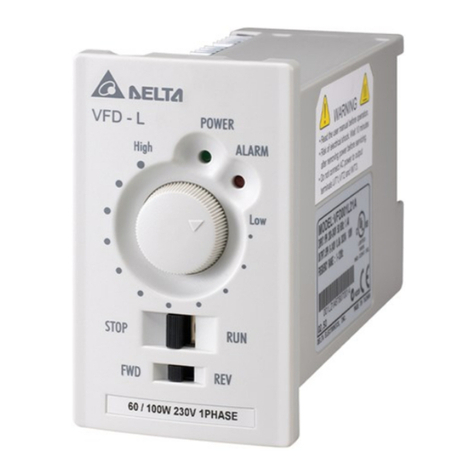
Delta
Delta VFD-L User manual
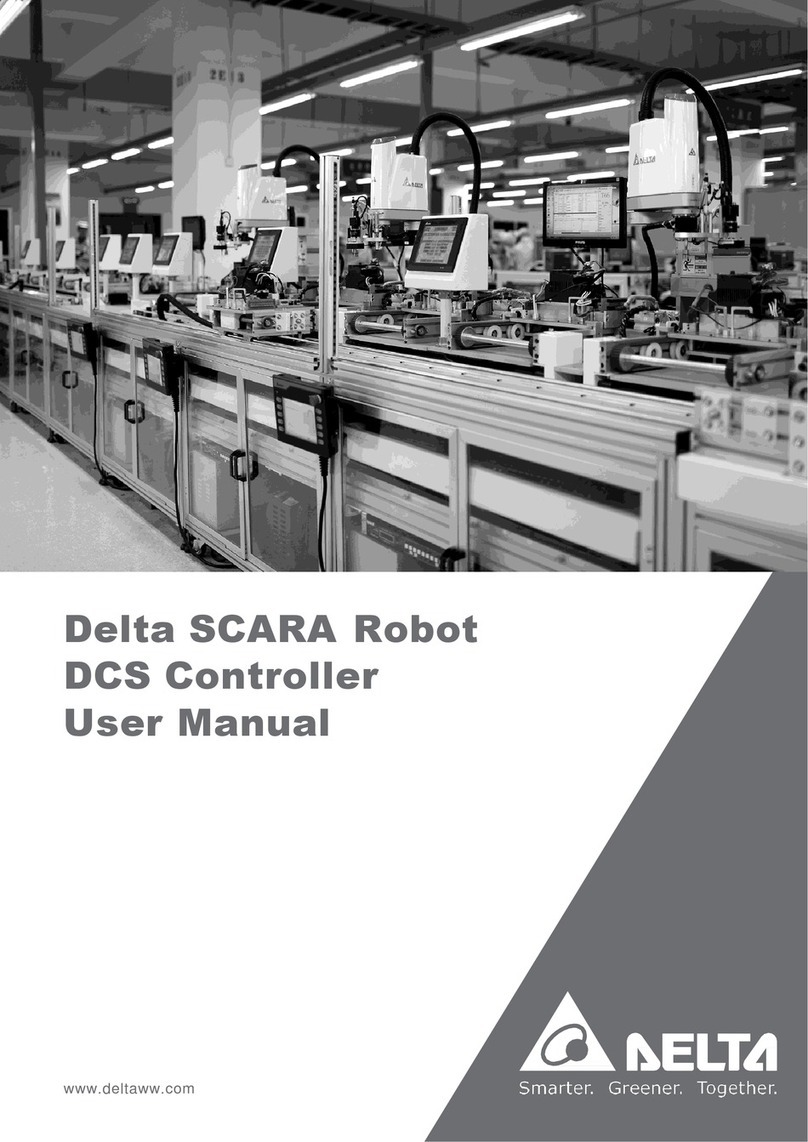
Delta
Delta DCS User manual
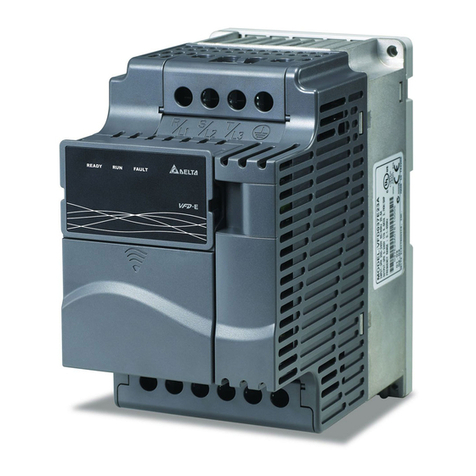
Delta
Delta VFD-E User manual
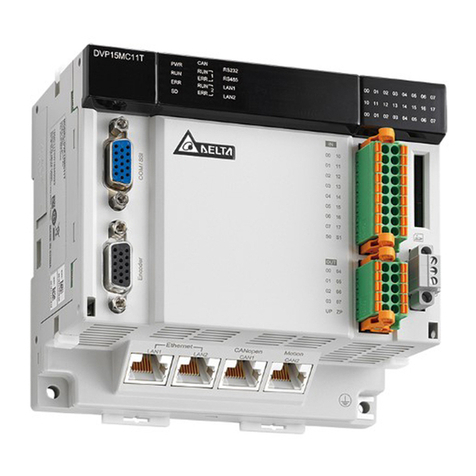
Delta
Delta DVP-15MC Series User manual
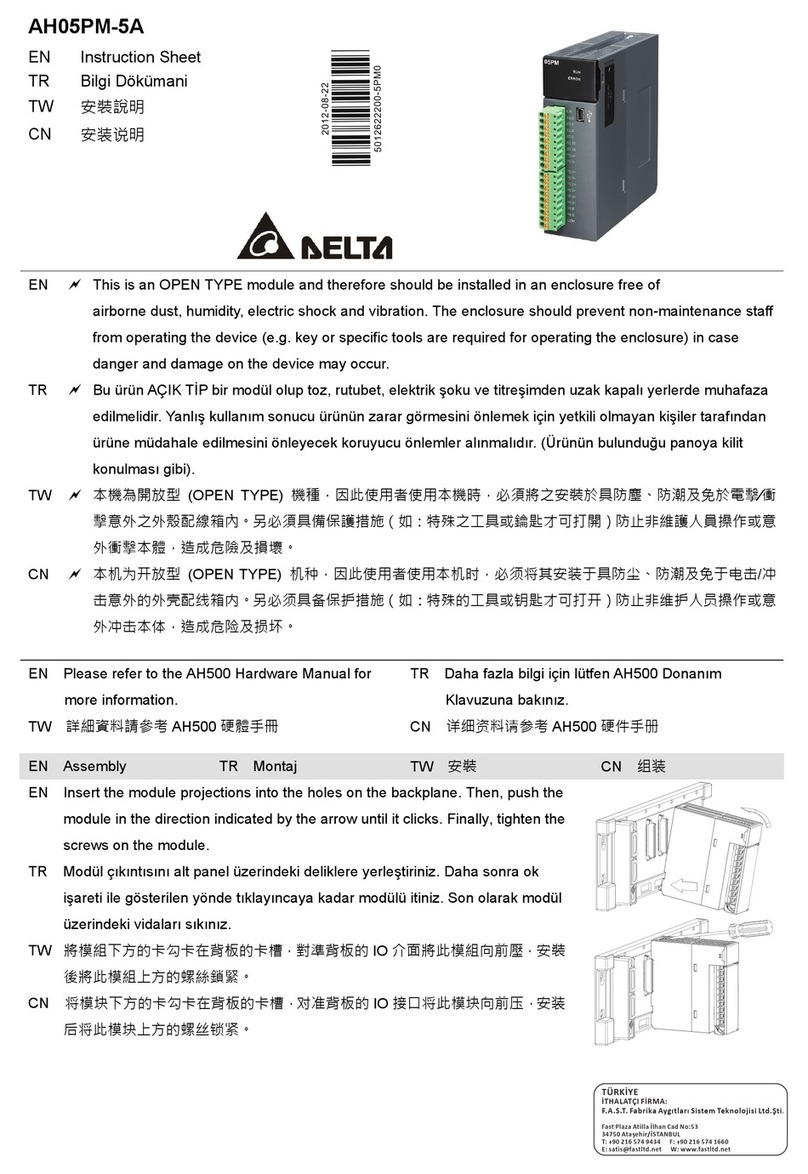
Delta
Delta AH05PM-5A User manual
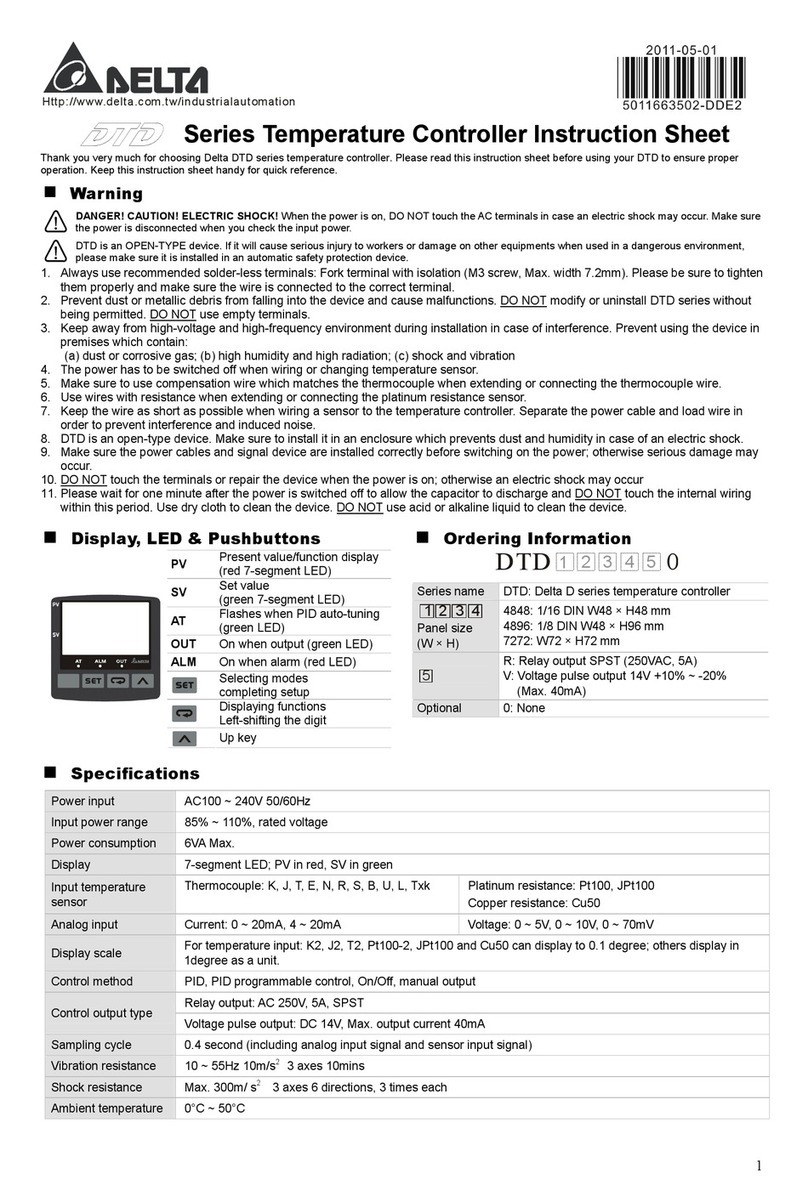
Delta
Delta DTD Series User manual
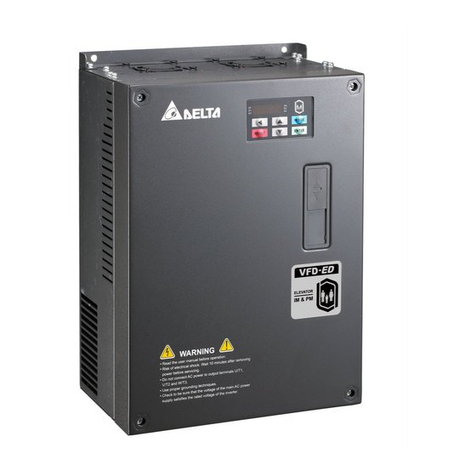
Delta
Delta VFD-ED Series User manual
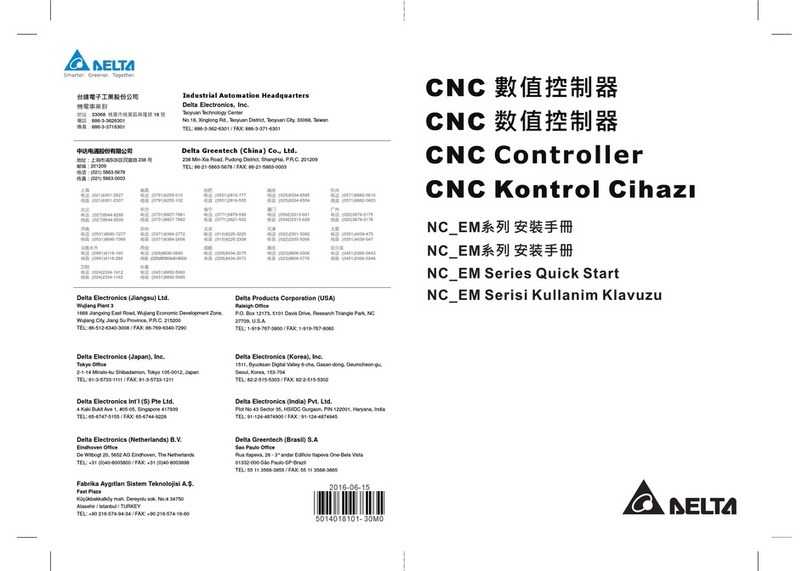
Delta
Delta NC EM Series User manual
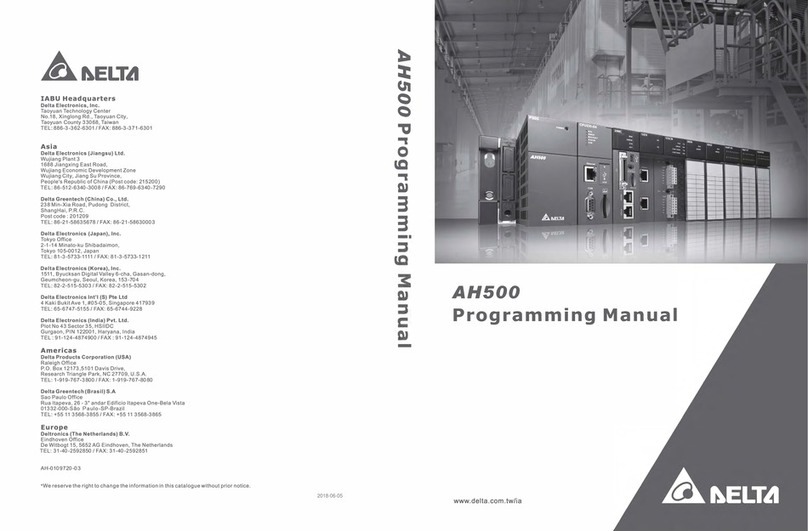
Delta
Delta AH500 series Owner's manual

Delta
Delta VFD-V Series User manual
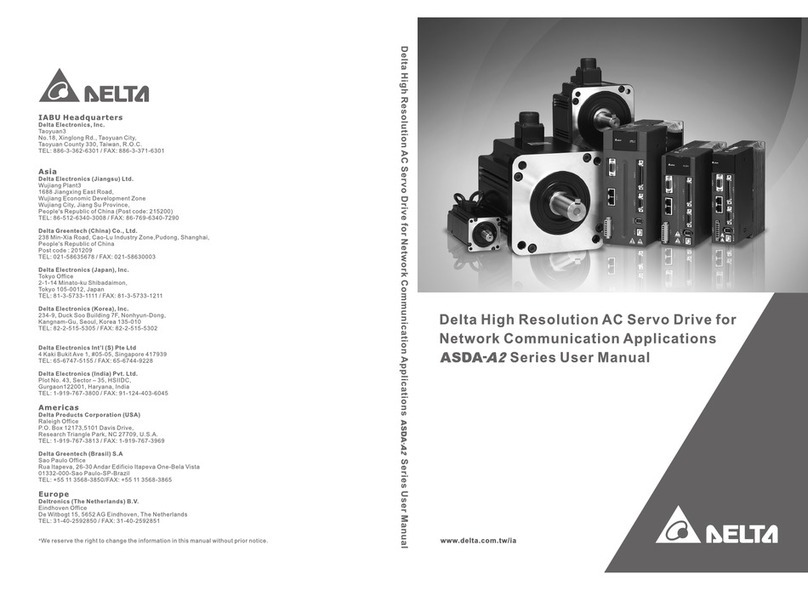
Delta
Delta ASDA-A2 Series User manual
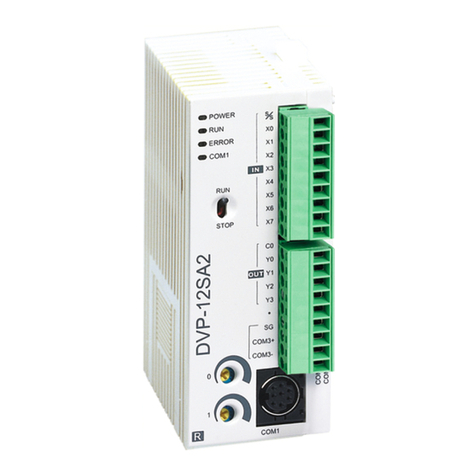
Delta
Delta DVP-SA2 User manual
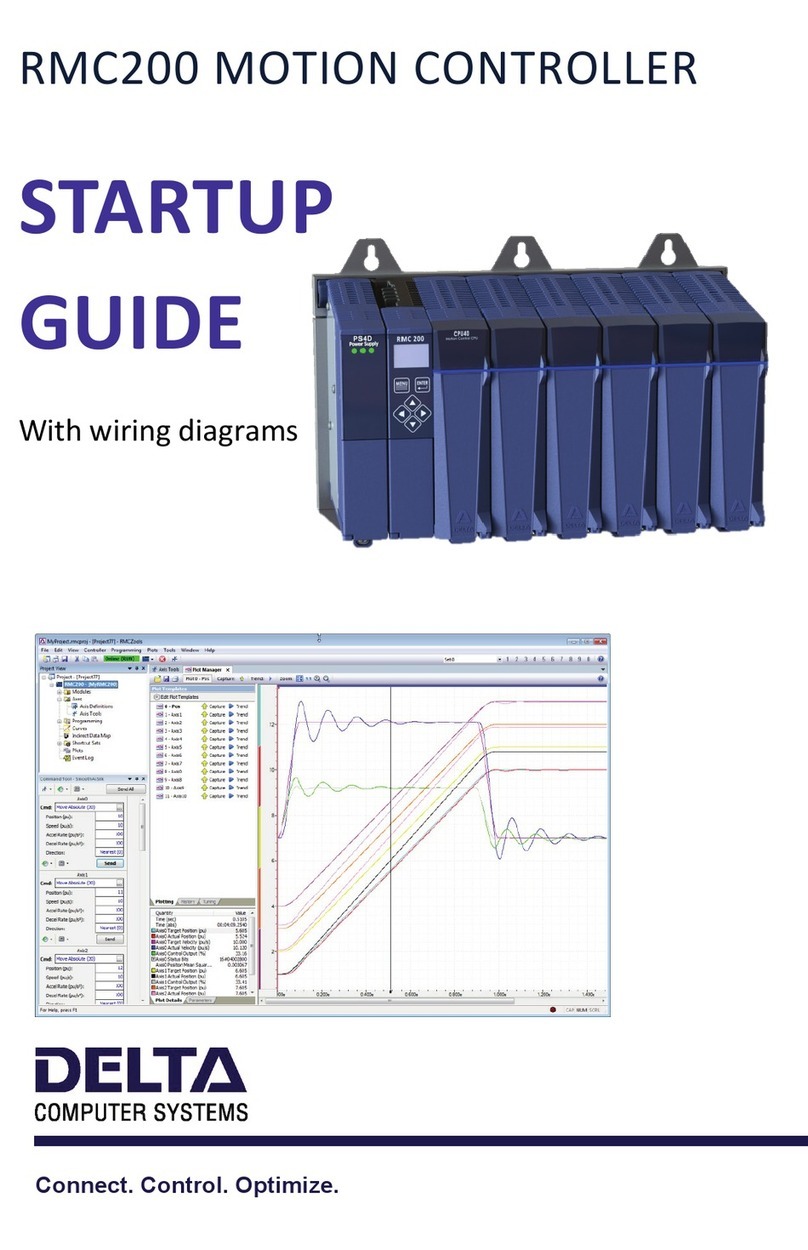
Delta
Delta RMC200 User guide
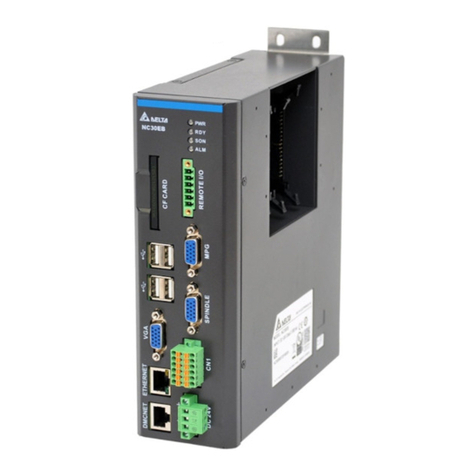
Delta
Delta NC10EB User manual
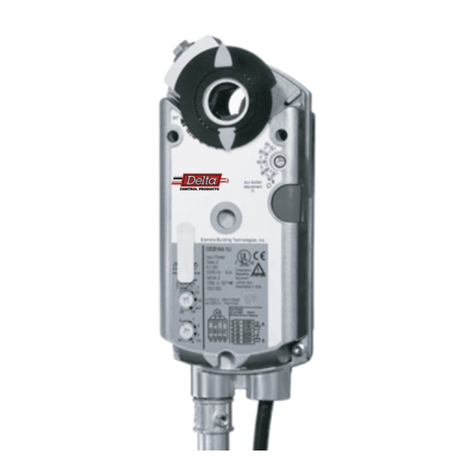
Delta
Delta DC-132 Series User manual

Delta
Delta UNOac A8 User manual
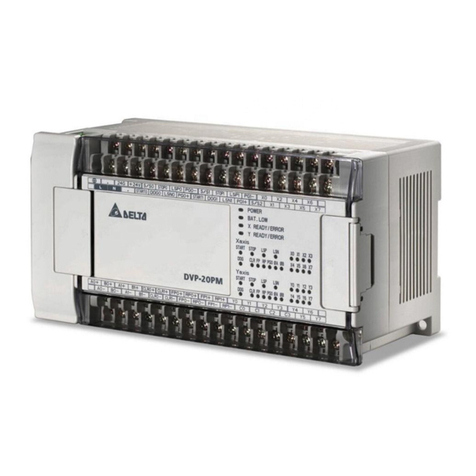
Delta
Delta DVP-20PM Instructions for use

Delta
Delta DVP-EH3 User manual
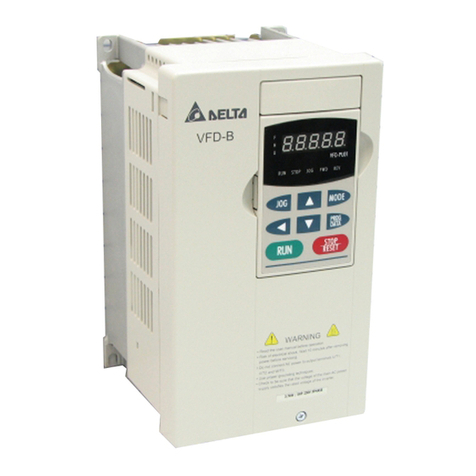
Delta
Delta VFD-B Series User manual
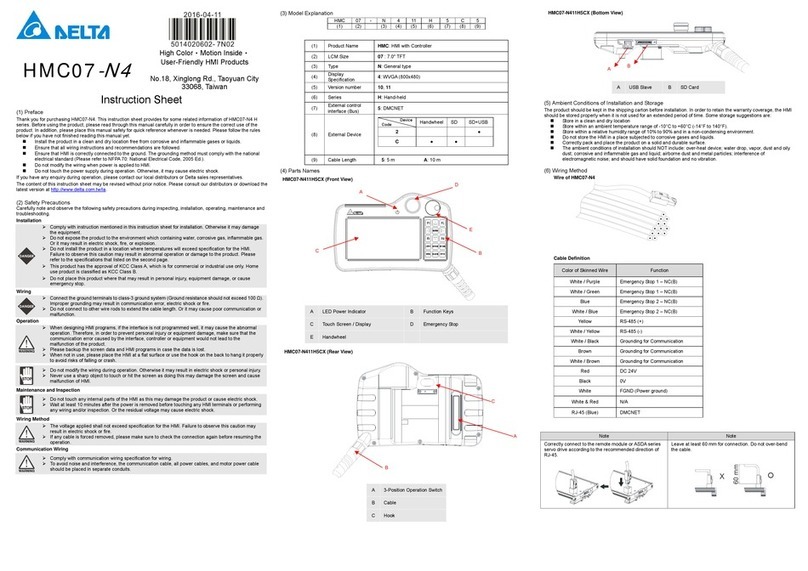
Delta
Delta HMC07-N4 User manual

